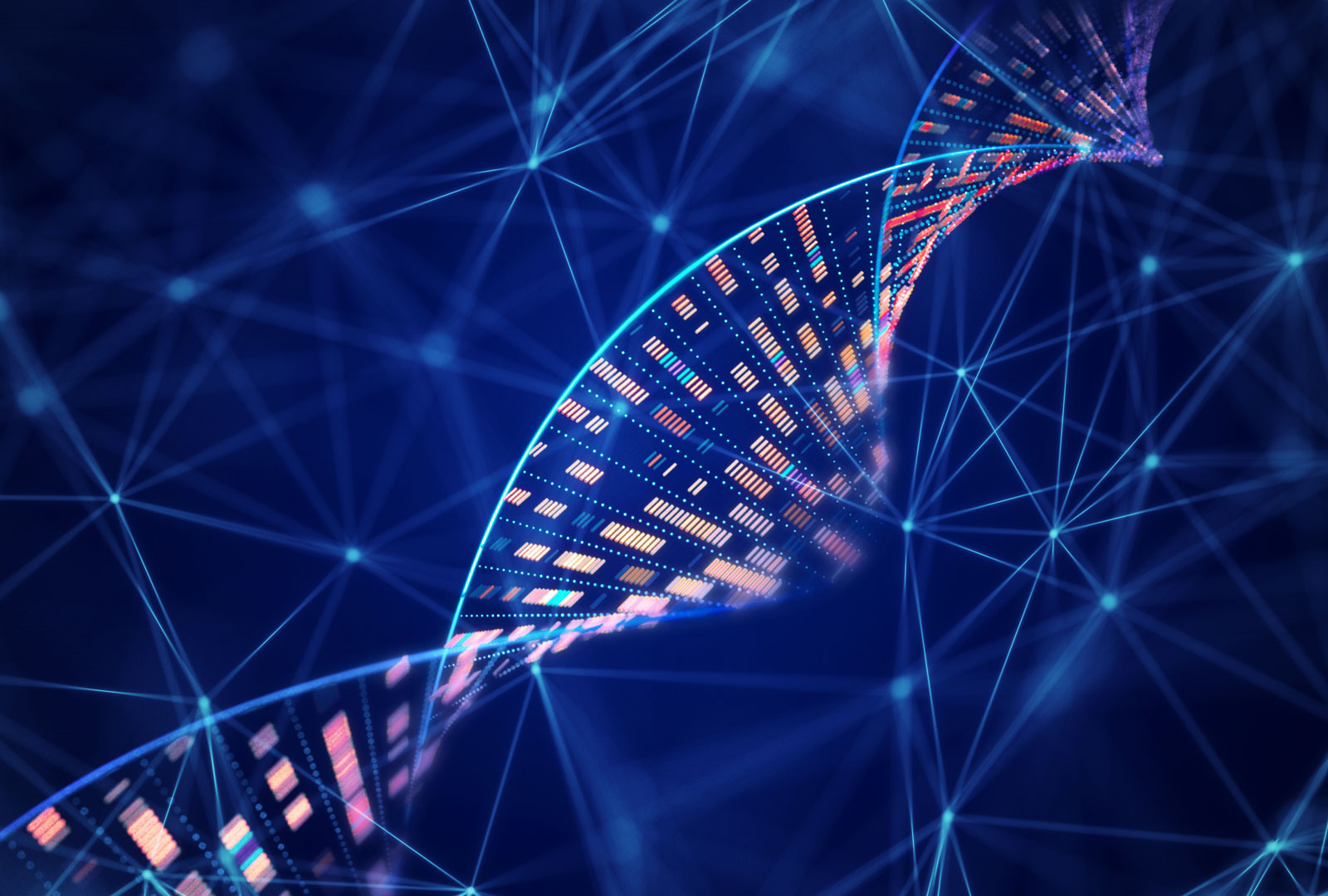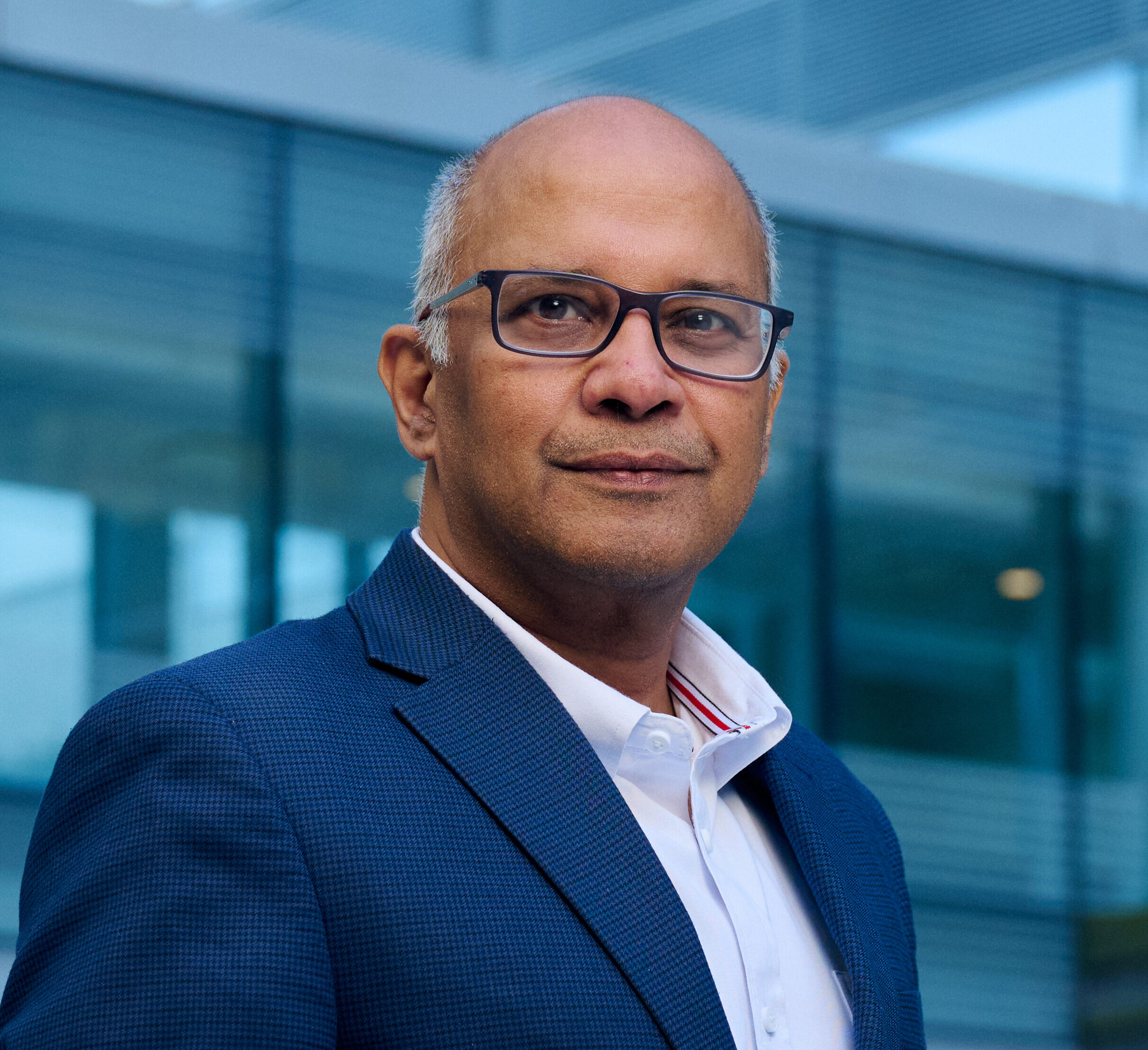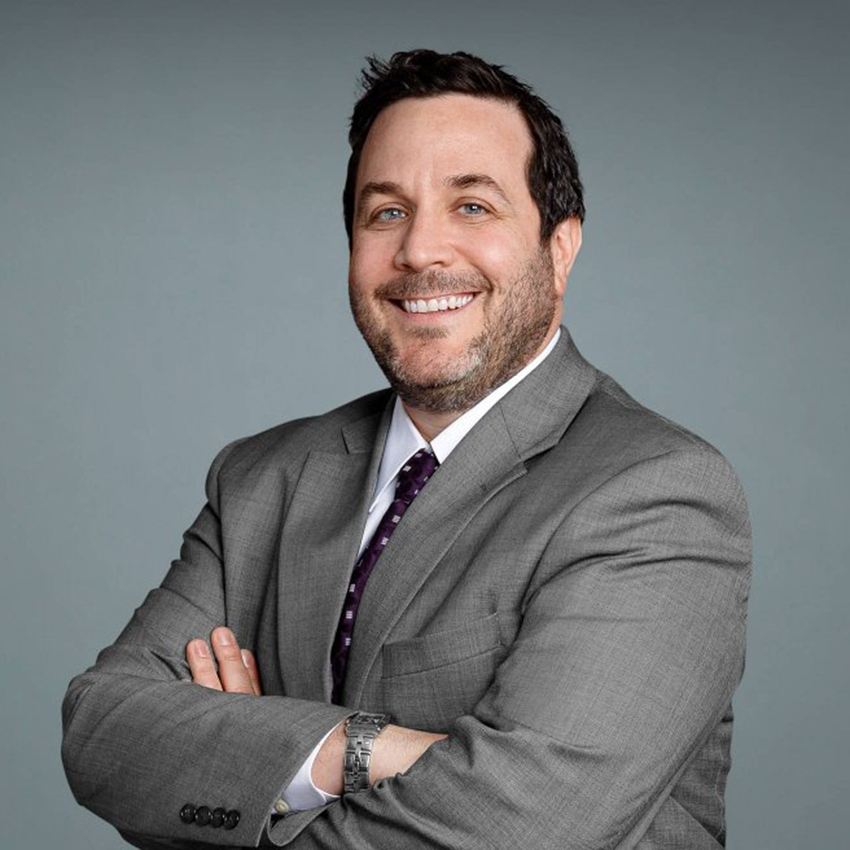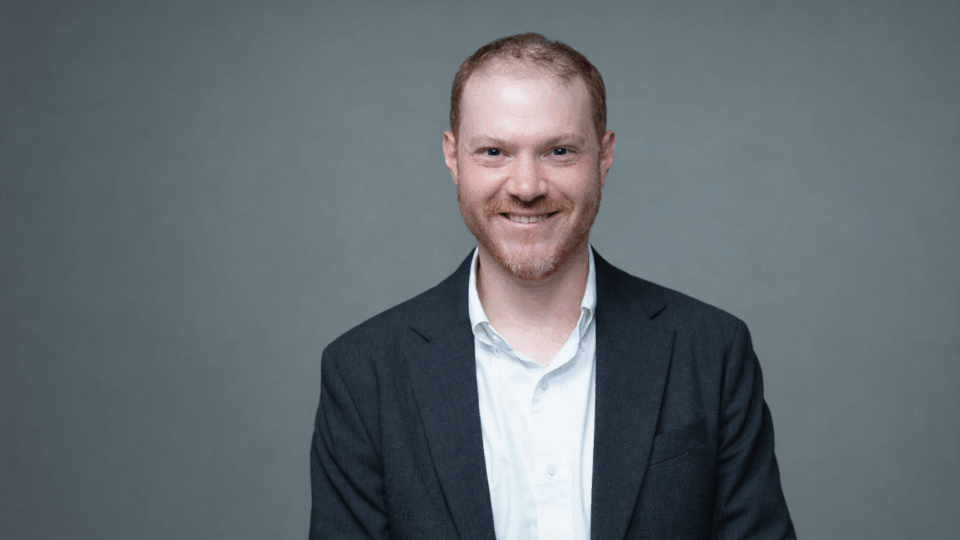The rapidly advancing field of molecular oncology has given researchers and clinicians increasingly detailed views of the drivers of tumor development and progression. NYU Langone Health’s new Center for Molecular Oncology aims to push the envelope on the standard of cancer care by ensuring that every patient receives liquid biopsies, enabling their tumor DNA to be sequenced. The molecular data will give clinicians at Perlmutter Cancer Center critical access to diagnostic information as well as more granular characterizations that can help them match each cancer to the best available therapies.
Here, Shridar Ganesan, MD, PhD, an expert in cancer biology and DNA repair and the inaugural director of the Center for Molecular Oncology, and Alec Kimmelman, MD, PhD, Perlmutter Cancer Center’s director, discuss the new initiative’s unique aims and potential to scale up personalized cancer therapies across the medical center.
Physician Focus: What are your principal aims for the new center?
Dr. Ganesan: The aim of this is to bring the ongoing advances in molecular analysis of cancers and the application of targeted therapies to NYU Langone, and use that as part of our standard approach to treating every patient with cancer.
By integrating this new molecular information with multiple levels of data—including pathology, histology, radiology, and patient history—we can address key features like tumor behavior and response to therapy. In addition, we can clarify the basic biology and better understand how we classify and organize diseases to advance the field and develop new therapeutics.
“A big part of the uniqueness of this is the scale: for every patient, we are going to use liquid biopsies to follow their cancers over time as the standard of care.”
Alec Kimmelman, MD, PhD
Dr. Kimmelman: A big part of the uniqueness of this is the scale: for every patient, we are going to use liquid biopsies to follow their cancers over time as the standard of care. At Perlmutter Cancer Center, we have 11 sites. Regardless of where patients enter our system, they’ll have access to this expertise.
Physician Focus: How are you planning to do this?
Dr. Ganesan: The goal is to develop an initial molecular profile of each tumor, while using serial liquid biopsies, DNA analysis, and other methods to monitor for changes. We’ll use the data not just for a diagnosis classification, but also to monitor for relapse, recurrence, and response to treatment. NYU Langone has deep strength in understanding tumor evolution by looking at the large volume of data coming from these molecular tools. The medical center also has the deep scientific expertise to use these findings to better understand tumor biology in the lab and do appropriate trials in the clinic.
Dr. Kimmelman: One of the amazing things about this center and the exercise we’re doing is that once you create both the physical and the IT infrastructure, every new test can automatically be implemented into this paradigm.
Initially, there’s going to be a heavy reliance on liquid biopsies and DNA sequencing, with some transcriptomics. These are the techniques that are readily available and rapid. But we’re going to incorporate new tests as they become available, whether developed by our investigators or from other centers, and that next generation of tests will be far more sensitive and specific.
Physician Focus: How do you integrate all of that information and scale it up across a large medical center?
Dr. Kimmelman: Infrastructure is a huge part of this: it’s everything from computing power to data storage to the ability to make sure we have the consent of the patient to use all of their clinical information and integrate it into the medical record. Fortunately, we have an integrated medical record at all of our centers and we’re fully interconnected, giving us the foundation for further expansion.

We also have a cancer data hub within Perlmutter Cancer Center. We’re recruiting a new leader to help expand it, because as you can imagine, we’re going to have a lot of information that will need to be integrated and utilized for diagnostics, other clinical purposes, and research. That means building up both the computing and the personnel infrastructure.
Dr. Ganesan: What we want to create is a living dataset as opposed to a museum of stuff from the past. It’s like looking at a pressed flower versus a flower growing; it’s a very different approach. And now we have the technology to make this possible. It is essential to do this in an equitable and comprehensive fashion across the system, ensuring fair access for all as we take that next step to advance patient care.
Physician Focus: So how might this molecular characterization advance and transform cancer care?
Dr. Ganesan: Right now, comprehensive molecular characterization of tumors is often used in the advanced setting to help guide treatments after everything else has failed. We want to make the molecular profile part of the up-front diagnosis and classification of cancer for every patient.
“We want to make the molecular profile part of the up-front diagnosis.”
Shridar Ganesan, MD, PhD
Once you understand the tumor’s molecular profile, you can do sophisticated studies like tumor-informed cell-free DNA (cfDNA) analysis to look at which patients are likely to experience cancer recurrence. This can be done even when the tumor is in an early stage or after it has been surgically removed. We can also identify who truly benefits—and when—from adjuvant therapy. We don’t know the answers to all of these questions yet, but we can start asking them.
Dr. Kimmelman: A big part of our center is the expertise that Shridar brings in the molecular interpretation of the tests. We have tumor boards where we discuss changes in the CAT and MRI scans and we look at the pathology. But equally, if not more important, is taking this molecular data and integrating it into the overall picture. Shridar is going to lead center-wide molecular tumor boards for all of our physicians, where we can take this data and identify clinically relevant changes in the mutation profile.
We’re going to be able to rapidly match patients to the best-available targeted therapies, but also to a suite of clinical trials tailored to their cancer’s molecular profile. Shridar, the team, and I are already developing a program where—in a single day—a patient with cancer can have their tumor biopsied, receive a pathological and molecular diagnosis, and leave with an oral medicine if there is a drug available for the target. We’re taking this to the next level.







